Santa Barbara’s Historic Luke Theatre Celebrates 20 Years as a Nonprofit
The Project Leaders Reflect on an Amazing Community Collaboration and Celebrating with NPR’s Peter Sagal
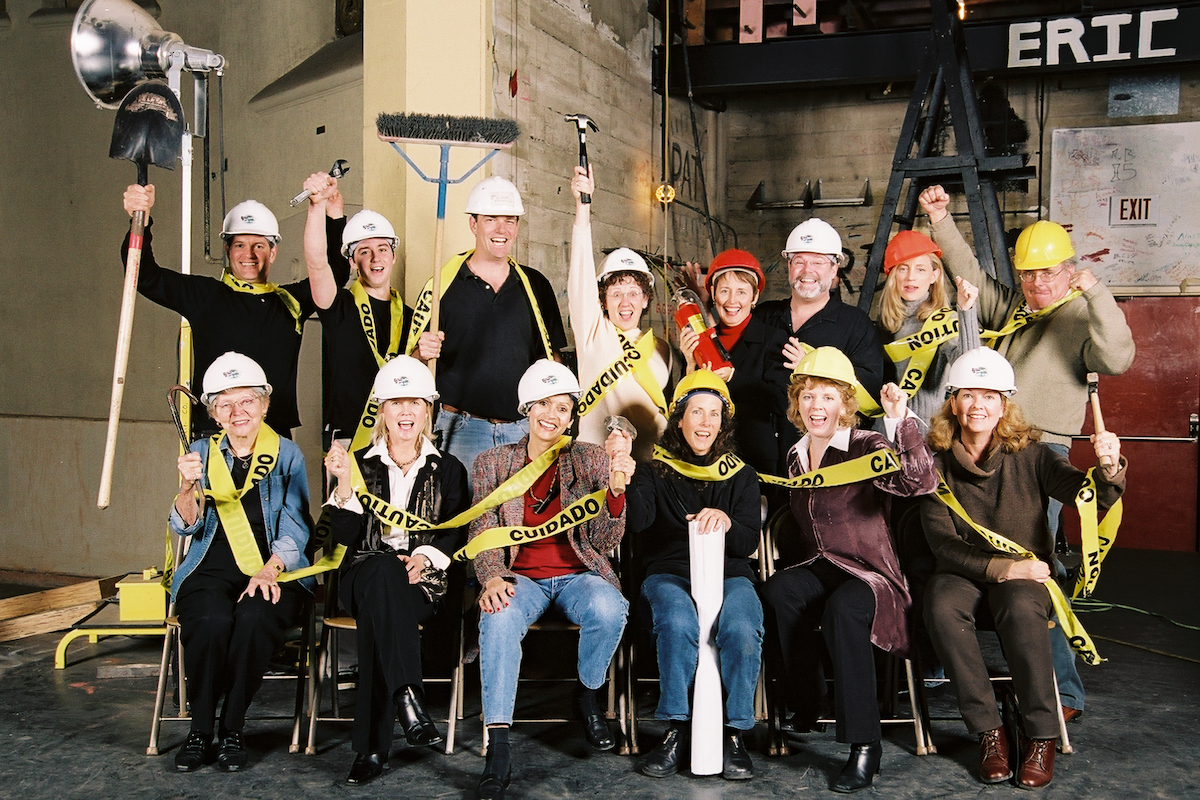
Celebrating its 20th anniversary as a nonprofit in 2024, the Marjorie Luke Theatre owes much of its reinvention to the pair who spearheaded the project: Gerrie Fausett, former principal of Santa Barbara Junior High (SBJH), where the theater is located; and Rod Lathim, a longtime local arts leader and a product of the SBJH theater program.
“We were just going to spruce the place up a bit,” laughs Fausett, recalling the first time Lathim came into her orbit. “This bald guy walks into my office at the junior high and says, ‘Oh, wait a minute here. I think we can do a little bit more than just a spruce.’” Both Fausett and Lathim burst into laughter at that memory.
“Two years later, we had a brand-new, state-of-the-art theater and the fundraising in place along with a bond measure. … And we had Tony Edwards donating this major contribution, and we had all these other things in place. I just looked around in a daze, and Rod kind of led me by the collar back in those days,” says Fausett.

Edwards, who was starring in the TV series ER in those days, was a longtime local theater friend of Lathim’s and a key factor in bringing the Luke Theatre to life. I asked Lathim about what the conversation was with Edwards to get him to donate.
“I knew when I jumped into the process of raising the money to get this renovation done that we had to have a lead donor. I could have easily gone to some wealthy Montecito person and said, ‘Would you be interested in doing this?’ And I would have,” says Lathim. “But before that, I thought, ‘I’ve been close with Tony since we were kids.’”
With a twinkle in his eye, Lathim continues, “I called him one day, and I said, ‘You know, Tony, I’m getting ready to call somebody to be our lead donor. And before I do that — and I do not want to put any pressure on you. But I feel like I would be remiss if I didn’t offer it to you first, because of your connection to the theater…. So if you’re interested, we can talk about it.’ And I just took my foot off the pedal.”
But he explained to Edwards that the lead donation would enable him to name the theater.
“The next morning, he called me and he said, ‘Rod, let’s do it. And let’s call it the Marjorie Luke Theatre.’ And we both cried. I still cry when I tell that story. It’ll make me cry ’til the day I die.”
Luke was a beloved drama teacher at the school for many years, and both Lathim and Edwards went through her program. A huge part of the theater’s rich legacy and instilling pride and long-term respect for the arts in her students, she was responsible for introducing the magic of theater to countless young people — many who made careers in the arts.
Luke visited the theater during the renovation, and despite her rule against leaving names on the walls (which all the kids did anyway), she signed her own name in the basement during the renovation. She was there at the opening in 2004 before passing away in 2007. Her granddaughter visited recently, says Fausett, and expressed appreciation for the space and its connection to her grandmother. She also signed the wall in the basement next to her grandmother’s name.
Other key donors in the project — a $4 million partnership between the Luke and Santa Barbara Unified School District. (using Measure V funds for the district portion) — included the Bryan Family, who named the foyer. With architectural work on the historic property overseen by Kruger Bensen Ziemer Architects and Schipper Construction, there were also dozens of community members who contributed and still take great pride in it. Visiting the theater is a common practice to this day, and Fausett reports that many of the workers and technicians involved in the restoration still come by, often bringing grandchildren to gloat a little.
Beyond the beauty, another point of pride for the “People’s Theater,” as it was dubbed by Santa Barbara Magazine, is the wide variety of community groups that use it. More than 15,000 students and community members perform on the stage each year. The Marjorie Luke Theatre, which at 808 seats is the second largest indoor theater in town, behind only the Arlington and the Granada, has been utilized by more than 200 local arts and education organizations.
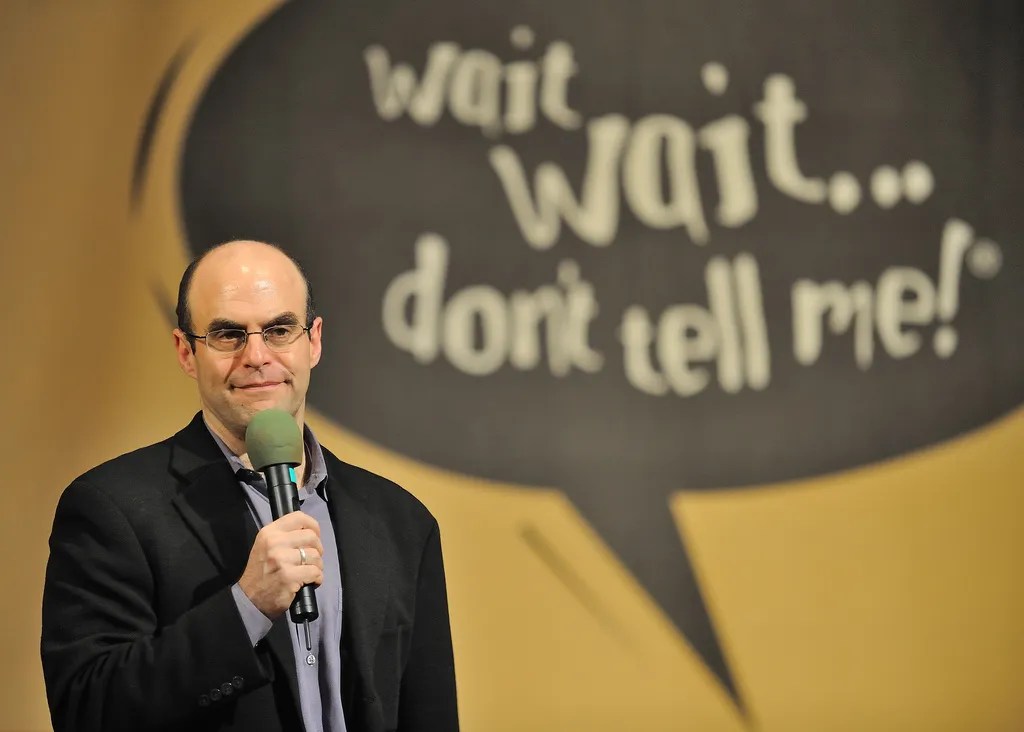
“From the very beginning, we established the first Rent Subsidy Fund to help renters with costs of using the theater,” says Lathim. “It has been replicated by other theaters in the years since. The Fund was established by one of our major donors and is called the Dreier Family Rent Subsidy Fund. We have raised nearly $400,000 to continue to support this important fund that has benefitted countless local arts and education organizations.”
Kicking off the 20-year celebration is an evening with humorist, writer, and host of NPR’s Wait Wait … Don’t Tell Me! show, Peter Sagal, on February 3. “We wanted something celebratory and unique for Santa Barbara, something that would bring the community into the loop of the Luke, so that we could kick off our 20th year,” says Fausett. “They are just fabulous. It’s going to be a really special night.”
There are a few other anniversary special events cooking that aren’t quite ready to be announced, so stay tuned, as the Luke Theatre has even more to offer the community in the decades to come.
For more information about An Evening with Peter Sagal at the Marjorie Luke Theatre (721 E. Cota St.) at 7 p.m. on Saturday, February 3, see luketheatre.org.
Premier Events
Fri, May 17
12:00 PM
Santa Barbara
A Taste of Africa Cultural Extravaganza at UCSB
Sat, May 18
7:00 PM
Santa Barbara
A Taste of Africa Cultural Extravaganza at UCSB
Mon, May 13
5:00 PM
Santa Barbara
Understanding Gender and Pronouns
Mon, May 13
6:30 PM
Santa Barbara
Science Pub: The Secret Lives of Snakes
Tue, May 14
5:30 PM
Santa Barbara
Ocean Film Screening with Filmmaker Mimi deGruy
Tue, May 14
7:30 PM
Santa Barbara
Lobero Live Presents Colin Quinn
Thu, May 16
7:30 PM
Santa Barbara
Jazz at the Lobero Presents The Marcus Roberts Trio
Fri, May 17
7:00 PM
Goleta
Viva el Arte Presents Jarabe Mexicano
Tue, May 21
7:00 PM
Santa Barbara
Revisiting the Classics: “Schmigadoon!”
Thu, May 23
7:00 PM
Carpinteria
The Carpinteria High School Muses Present “The Wizard of Oz” Musical
Fri, May 24
11:00 AM
Santa Barbara
Discussion: Misogyny, Racism & Violence at UCSB: The IV Killings 10 Years Later
Fri, May 24
7:00 PM
Santa Barbara
SBHS Annual Spring Dance Concert 2024
Fri, May 17 12:00 PM
Santa Barbara
A Taste of Africa Cultural Extravaganza at UCSB
Sat, May 18 7:00 PM
Santa Barbara
A Taste of Africa Cultural Extravaganza at UCSB
Mon, May 13 5:00 PM
Santa Barbara
Understanding Gender and Pronouns
Mon, May 13 6:30 PM
Santa Barbara
Science Pub: The Secret Lives of Snakes
Tue, May 14 5:30 PM
Santa Barbara
Ocean Film Screening with Filmmaker Mimi deGruy
Tue, May 14 7:30 PM
Santa Barbara
Lobero Live Presents Colin Quinn
Thu, May 16 7:30 PM
Santa Barbara
Jazz at the Lobero Presents The Marcus Roberts Trio
Fri, May 17 7:00 PM
Goleta
Viva el Arte Presents Jarabe Mexicano
Tue, May 21 7:00 PM
Santa Barbara
Revisiting the Classics: “Schmigadoon!”
Thu, May 23 7:00 PM
Carpinteria
The Carpinteria High School Muses Present “The Wizard of Oz” Musical
Fri, May 24 11:00 AM
Santa Barbara
Discussion: Misogyny, Racism & Violence at UCSB: The IV Killings 10 Years Later
Fri, May 24 7:00 PM
Santa Barbara

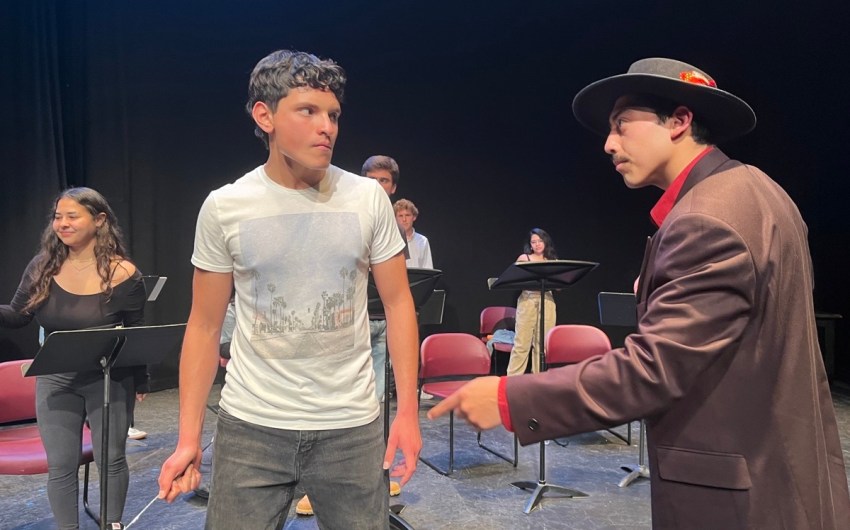
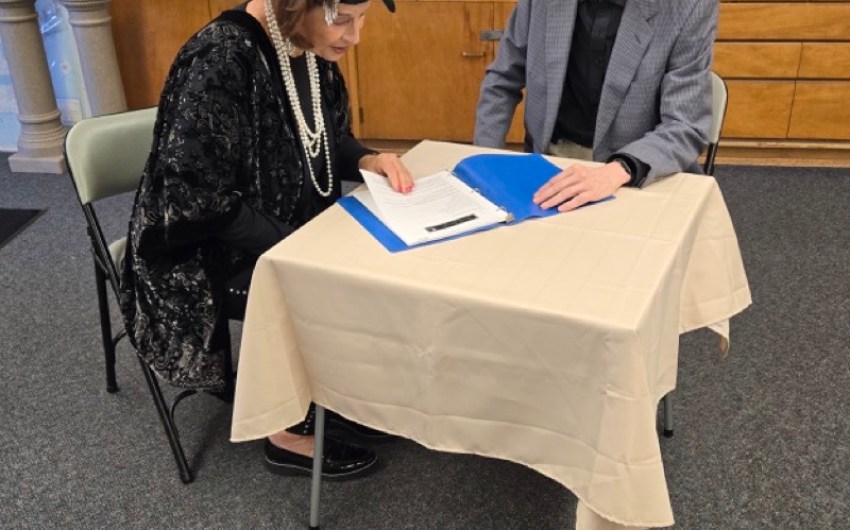
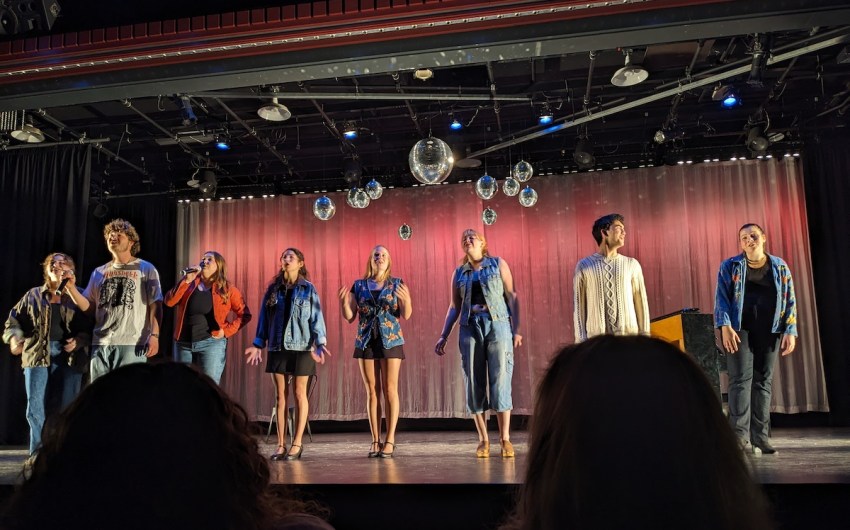




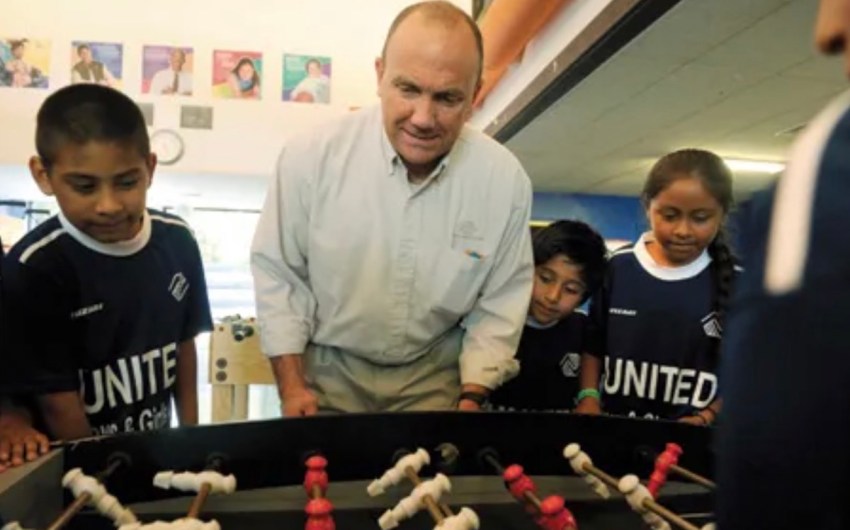
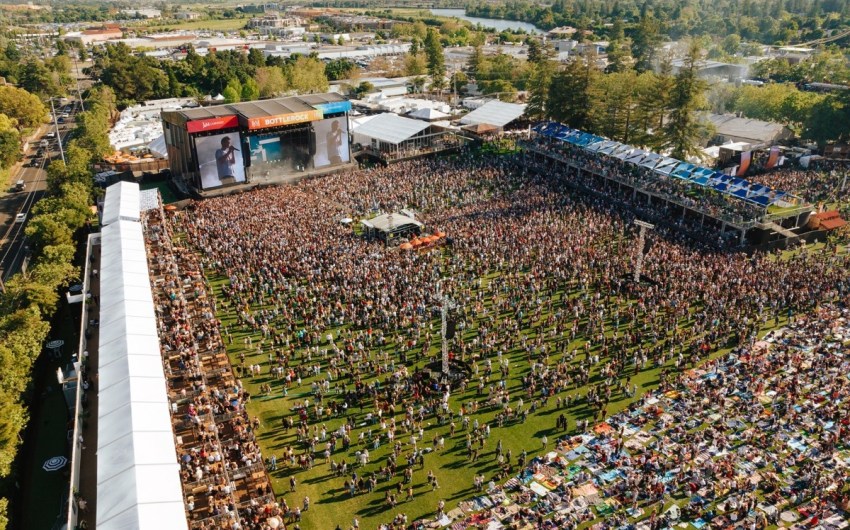
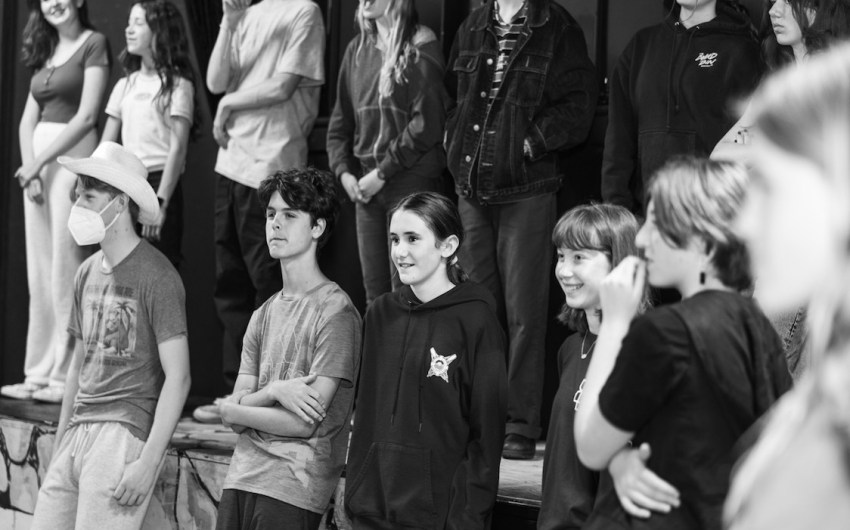





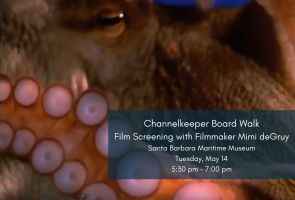

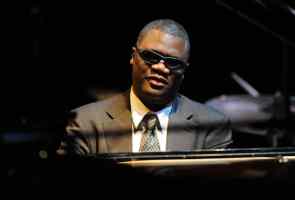



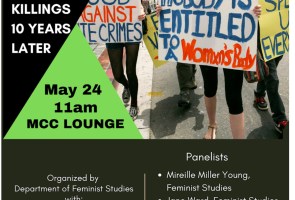
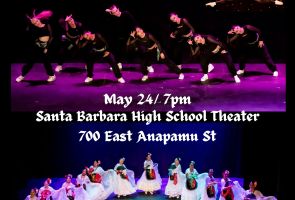
You must be logged in to post a comment.